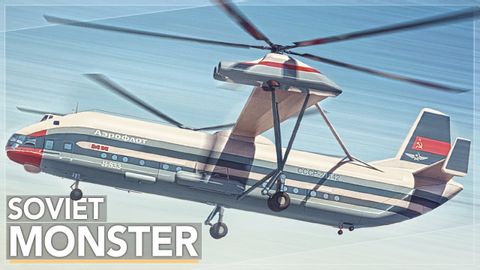
字幕與單字
这架疯狂的直升机是有史以来最大的直升机:米尔V-12的故事(This Insane Helicopter Was The Largest Ever Built: The Mil V-12 Story)
00
joey joey 發佈於 2021 年 05 月 28 日收藏
影片單字
fascinating
US /ˈfæsəˌnetɪŋ/
・
UK /ˈfæsɪneɪtɪŋ/
- v.t.吸引人的;使人神魂顛倒的;(用眼神等)迷住
- adj.迷人的;吸引人的
- n. (u.)魅力
B1 中級中級英檢
更多 使用能量
解鎖所有單字
解鎖發音、解釋及篩選功能
